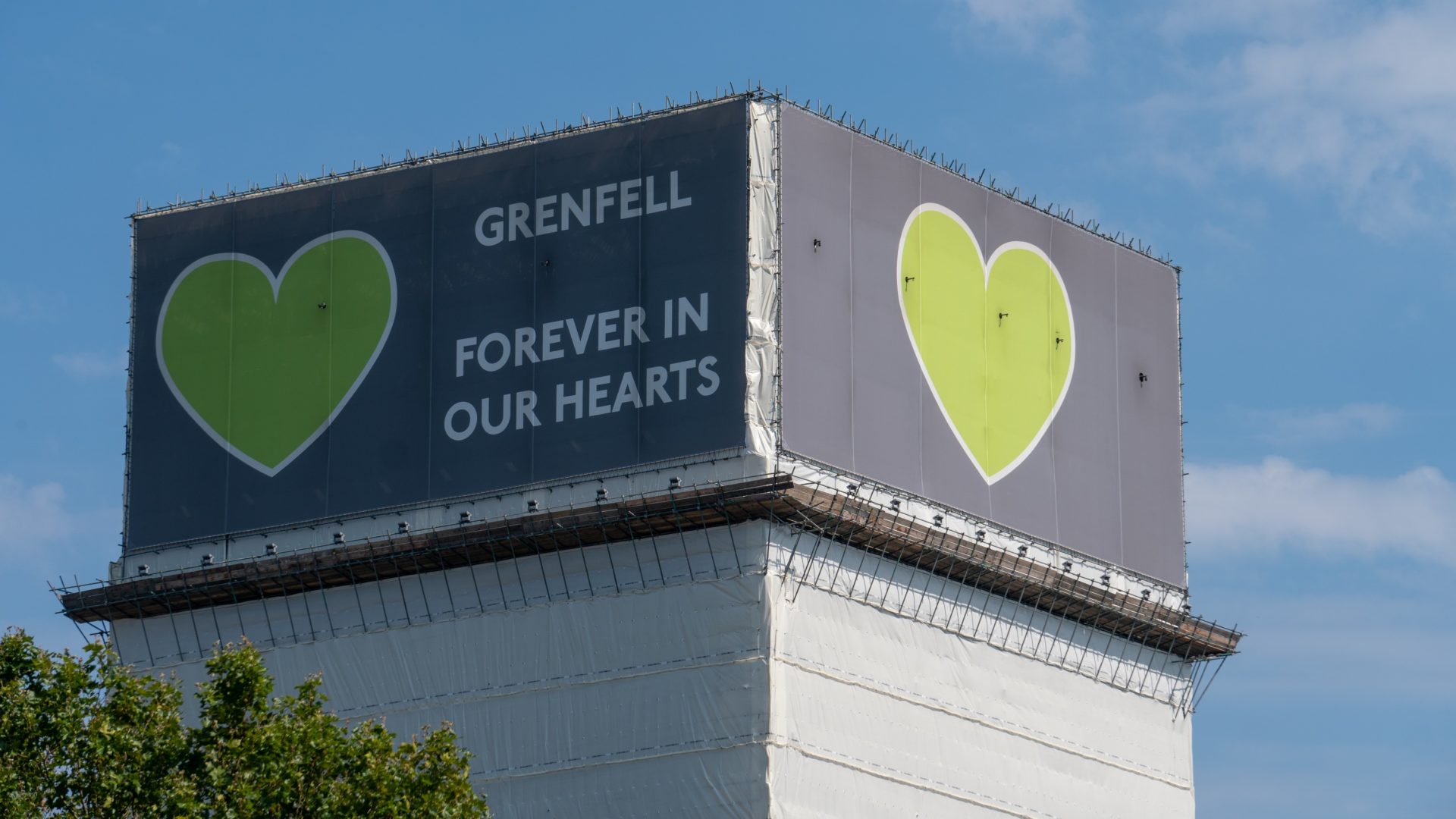
The Fire Safety (England) Regulations come into force on 23 January. Stephanie Geesink and Dom Turner-Harriss explain what is expected from building owners.
The fire safety regulations are the latest in a series of legislative measures implementing the recommendations in the Hackitt review, following the Grenfell Tower tragedy.
The regulations broadly concern in-occupation responsibilities for high-rise buildings, expanding on the Fire Safety Order 2005. There are only a few relating to all buildings with two or more domestic premises and communal areas.
The regulations are likely to have the biggest impact on building owners. However, the requirements are anticipated to flow down to the obligations on contractors and sub-contractors when constructing, refurbishing or maintaining the relevant buildings.
The key regulations which may impact on the construction industry are summarised below.
Keep design and material records
The responsible person must keep records in respect of the design and materials used in the construction of the external walls. This includes details as to the level of risk identified in respect of the walls and any mitigating steps taken.
Further, they must keep accurate floor and building plans, identifying the location of all lifts and the key fire-fighting equipment.
Parties to a construction contract may want to consider including provisions to ensure that the relevant information is provided to the responsible person before or soon after practical completion, and generally that obligations in respect of post-handover duties are in line with the requirements under the regulations.
Monthly lift and fire equipment checks
The responsible person must undertake monthly checks of the lifts as well as carrying out tests to the fire-fighting equipment. In doing so, the responsible person will likely want to employ a specialist repair and maintenance contractor to undertake the checks.
It will also be necessary for the original lift sub-contractor to include the necessary information in the operations and maintenance manual, at handover. This is to allow the checks to be carried out correctly and in accordance with the relevant specification.
Communicate fire door info to residents
The responsible person in relation to all buildings must provide information about fire doors to the residents. This information must be issued every 12 months starting on the date the regulations come into force.
Further, in respect of buildings over 11 metres, the responsible person must use best endeavours to undertake checks of the fire doors of domestic dwellings every 12 months, and communal areas every three months.
The responsible person will need to ensure that the relevant contractor or manufacturer of the fire doors has provided the necessary information in respect of the fire doors installed.
It will further be important for the responsible person to ensure that any entity undertaking the checks has the necessary technical expertise and industry accreditations.
Further, if any issues are identified during any checks, the responsible person will be obligated to remedy these as soon as possible. It may be prudent to ensure that a repair and maintenance team are on hand to undertake such remedial works at short notice.
Ensure contractual recourse
In a situation where issues arise in respect of the fire doors, and these are not due to any actions by residents, the responsible person will want to ensure there is contractual recourse against relevant contractors and suppliers. This is to ensure that liability in respect of any issues can be passed on.
While the regulations are focused on in-occupation obligations, it is clear that they will have an impact on the construction sector. It is crucial that all parties have a clear understanding of their obligations under the regulations and how to protect their position.
Parties will need to be familiar with the impact the regulations will have from the date that they come into force.
Stephanie Geesink is of counsel and Dom Turner-Harriss is an associate at Watson Farley & Williams
Comments
Comments are closed.












‘Over 11 metres ………… must use best endeavours’ This highlights the different legal arrangements for entry of a property between housing associations and local authorities. It would have seemed sensible for legal entry arrangement for local authorities to include mandatory access for fire safety checks – and it would be sensible at the same to allow them mandatory access for gas safety checks. Local authorities are ham-strung in having to obtain a court order for gas safety checks where residents do not provide access. Hoarding is sometimes an issue, and an even greater risk with fire safety. Such a change is long overdue in my view.